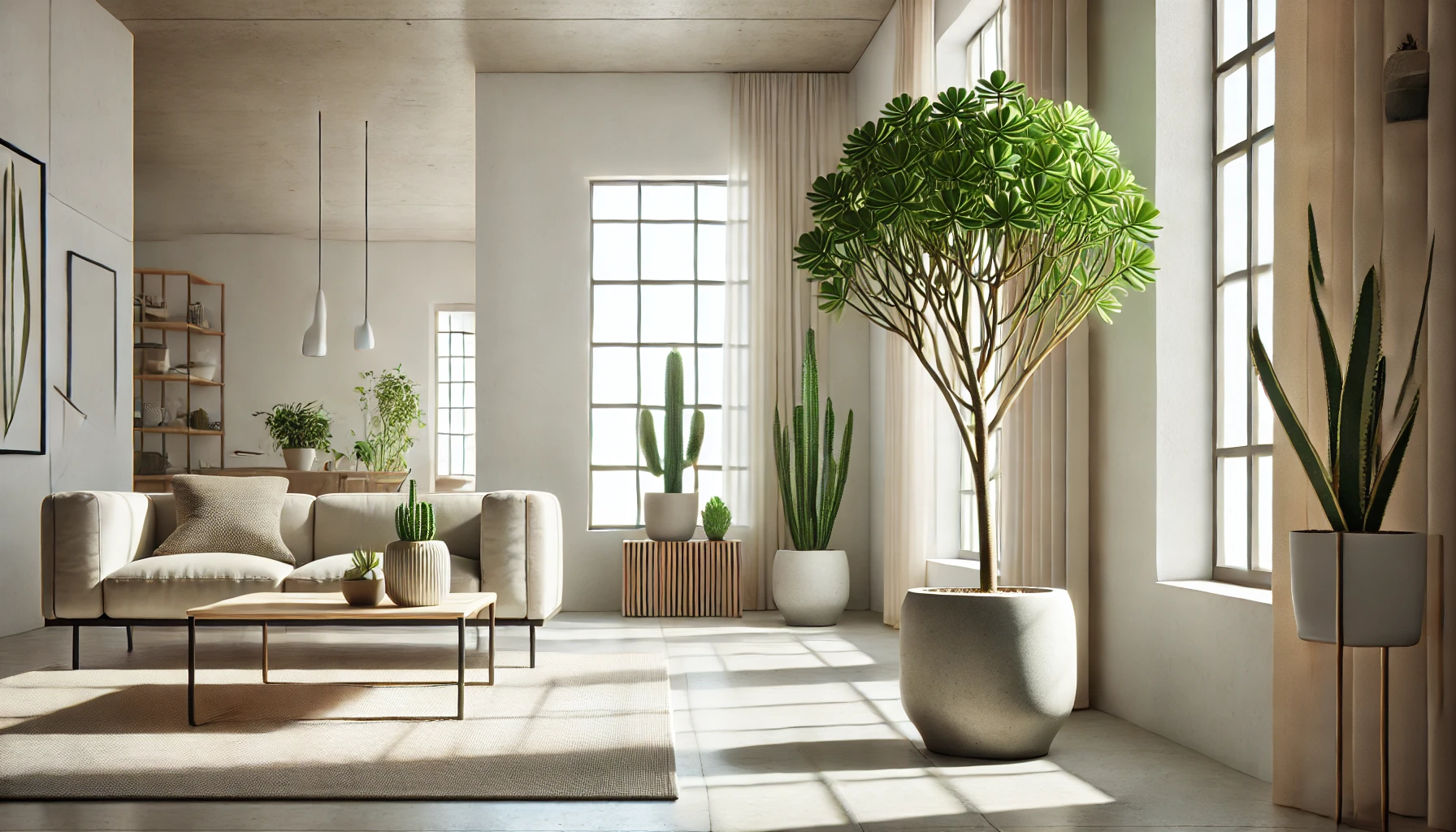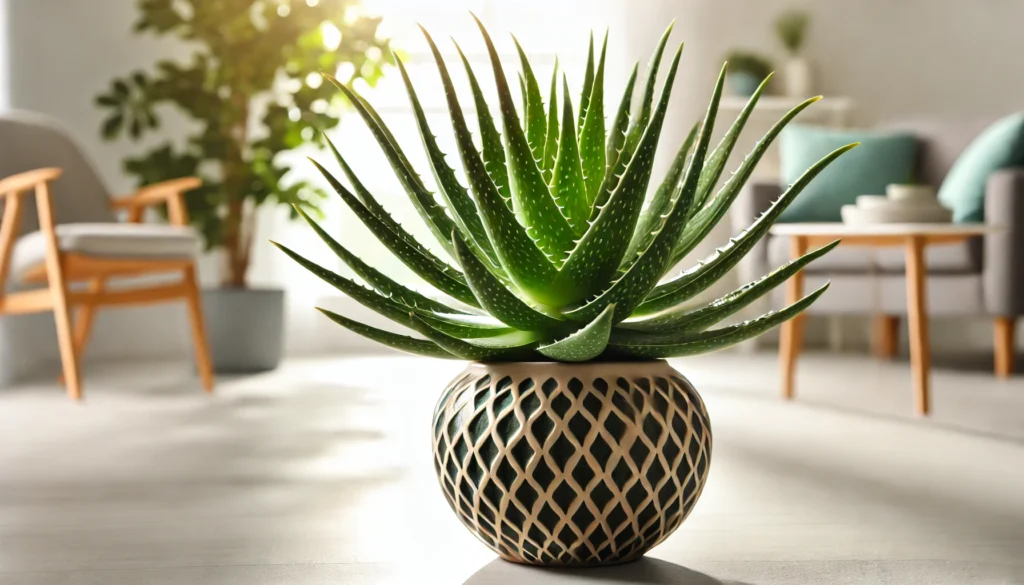
Euphorbia, formally known as Euphorbia spp., is a diverse and resilient plant that comes in various shapes and sizes. Whether you’re looking for a small, succulent-like plant or a larger, shrub-like variety, Euphorbia has something to offer. This plant can grow anywhere from a few inches to several feet tall, depending on the species. Its unique appearance and ease of care make it a favorite among gardeners and houseplant enthusiasts alike.
A Glimpse into Euphorbia’s History and Ideal Growing Conditions
Euphorbia plants have a rich history, with their origins tracing back to various parts of Africa, Madagascar, and the Mediterranean. They thrive in arid and semi-arid environments, making them ideal for xeriscaping or low-water gardens. Euphorbia prefers well-draining soil, full sun to partial shade, and minimal watering. These hardy plants can tolerate a range of temperatures but perform best in warmer climates.
The Important Consideration: Euphorbia and Pet Safety
While Euphorbia is a beautiful addition to any garden, it’s essential to note that many species in this genus are toxic to pets. The milky sap, or latex, found in Euphorbia can cause irritation to the skin and eyes and be harmful if ingested by pets like cats and dogs.
Safe Alternatives for Pet Owners
If you have pets at home, consider opting for pet-safe alternatives such as Haworthia, Boston Fern, or Spider Plant. These plants provide similar aesthetic appeal without the risk to your furry friends.
Best Practices for Caring for Euphorbia
Caring for Euphorbia is straightforward, making it a great choice for both beginners and seasoned gardeners. To ensure your plant thrives, follow these best practices:
Watering and Humidity
Euphorbia is drought-tolerant and prefers to dry out between waterings. Overwatering can lead to root rot, so it’s crucial to let the soil dry out completely before watering again. The plant does well in low humidity, making it perfect for indoor environments.
Soil, Light, and Temperature
For soil, a well-draining cactus or succulent mix is ideal. Euphorbia thrives in bright, indirect light but can also tolerate full sun. Temperature-wise, keep your plant in a warm spot, ideally between 65°F and 75°F. Avoid exposing it to frost or cold drafts.
Troubleshooting Common Problems
Even though Euphorbia is low-maintenance, it can still face a few challenges. Common issues include root rot, pests like spider mites, and leaf drop. Root rot is often caused by overwatering, so always ensure your soil is well-draining. If you notice pests, treat the plant with insecticidal soap or neem oil. Leaf drop can occur due to stress or environmental changes, so try to keep the plant’s conditions consistent.
Propagation and the Benefits of Growing Euphorbia
Propagating Euphorbia is relatively easy and can be done through cuttings. Simply cut a healthy stem, allow it to dry out for a few days, and then plant it in well-draining soil. Euphorbia offers several benefits, including being a drought-tolerant plant that adds unique texture and structure to your garden or home.
Final Thoughts
Euphorbia is a versatile and resilient plant that can add a touch of uniqueness to any space. With the proper care, it will thrive and become a stunning feature in your garden or home. However, always keep in mind its toxicity if you have pets. Consider safe alternatives if needed. Whether you’re a seasoned gardener or a beginner, Euphorbia is sure to impress with its striking appearance and ease of care.



